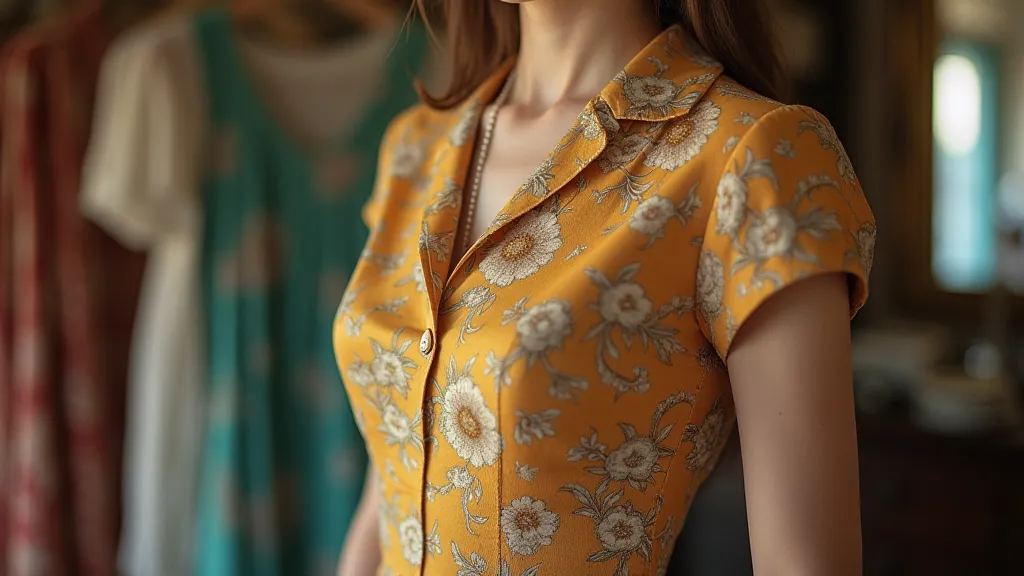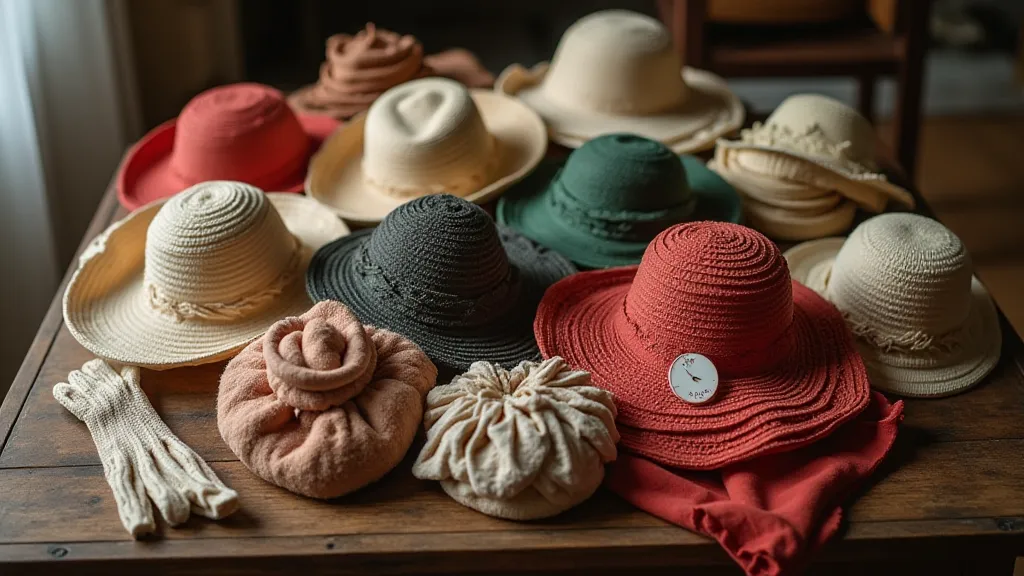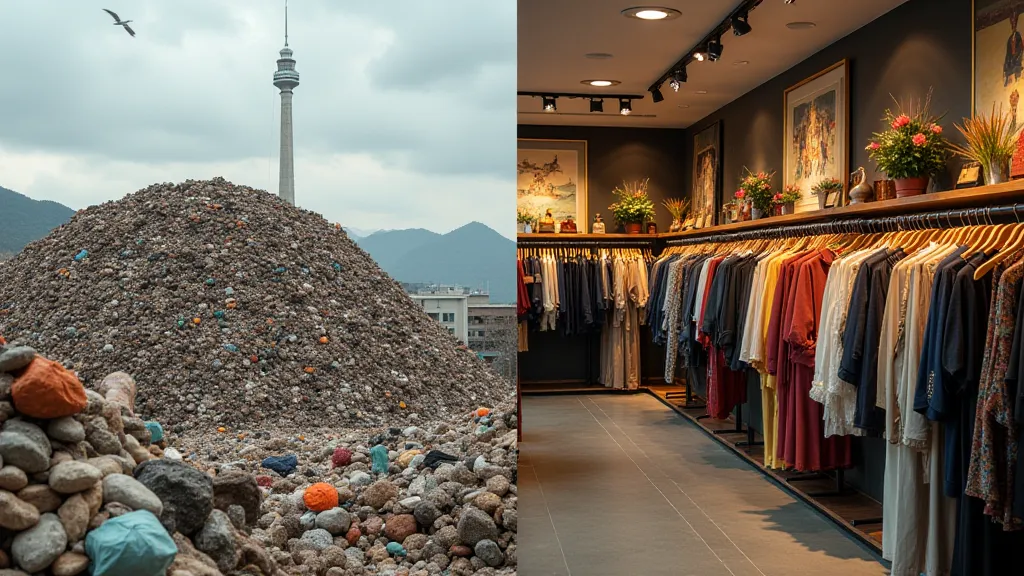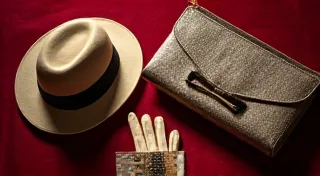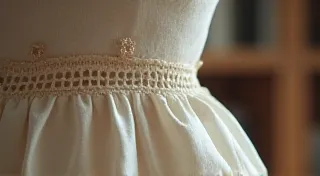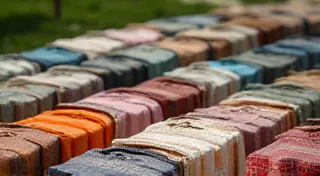Sustainable Style: Why Vintage Fashion is a Conscious Choice
The fashion industry has a significant environmental footprint. Fast fashion, with its constant churn of trends and disposable clothing, contributes to overflowing landfills, water pollution, and unethical labor practices. But there's a stylish solution gaining traction: vintage fashion. Choosing vintage isn’t just about embracing unique aesthetics; it's a conscious choice that aligns with a more sustainable lifestyle. Let’s dive into why buying vintage clothing is a powerful step toward eco-friendly fashion.
The Problem with Fast Fashion
Before we celebrate vintage, it’s important to understand the issue. The fast fashion model encourages frequent purchases of inexpensive garments, often produced with unsustainable materials and processes. Here’s a snapshot of the impact:
- Resource Depletion: Cotton production, a staple in many garments, requires vast amounts of water and pesticides. Synthetic fabrics like polyester are derived from petroleum, a non-renewable resource.
- Textile Waste: Mountains of unwanted clothing end up in landfills each year. These textiles take decades, even centuries, to decompose, releasing harmful greenhouse gases in the process.
- Water Pollution: Dyeing and finishing processes often release toxic chemicals into waterways, damaging ecosystems and impacting human health.
- Ethical Concerns: Fast fashion often relies on low-wage labor in unsafe working conditions.
Vintage Fashion: A Sustainable Alternative
Choosing vintage fashion offers a compelling alternative to the fast fashion cycle. Here’s how vintage contributes to a more sustainable fashion future:
Reducing Waste
The most immediate benefit of buying vintage is that you’re giving a pre-loved garment a new life. You’re preventing it from ending up in a landfill and extending its lifespan considerably. Essentially, you're participating in a circular economy.
Conserving Resources
Vintage clothing has already had its initial production. You're avoiding the need for new raw materials, reducing the demand for water, pesticides, and energy associated with manufacturing virgin fabrics. Even if the original production wasn't perfectly sustainable, you've lessened its overall impact by giving it a second chance.
Unique Style & Quality
Beyond the environmental benefits, vintage fashion offers unique style that is often unavailable in modern retail. Many vintage garments were made with higher quality materials and construction techniques, often built to last rather than be disposable. You’re not just getting a stylish piece; you’re often acquiring a well-made heirloom.
Tips for Shopping Vintage Sustainably
To maximize the sustainability of your vintage fashion choices, consider these tips:
- Shop Local: Support local vintage shops and consignment stores, reducing transportation emissions.
- Look for Natural Fibers: Prioritize vintage clothing made from natural fibers like cotton, wool, silk, and linen.
- Consider Repairs: Learn basic sewing skills or find a local tailor to repair and extend the life of your vintage finds.
- Wash Carefully: Follow care instructions carefully to preserve the garment's quality and prevent damage.
Embrace Retro Style, Embrace Sustainability
Vintage fashion is more than just a trend; it’s a movement towards a more conscious and sustainable lifestyle. By choosing pre-loved clothing, you’re reducing waste, conserving resources, and expressing your individual style with a clear conscience. Join the vintage revolution and become a part of a more stylish and sustainable future!
